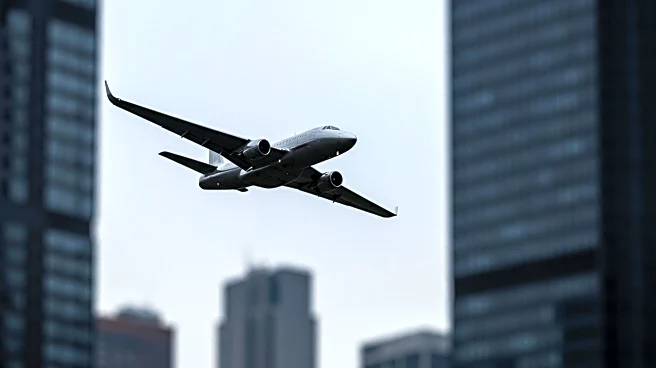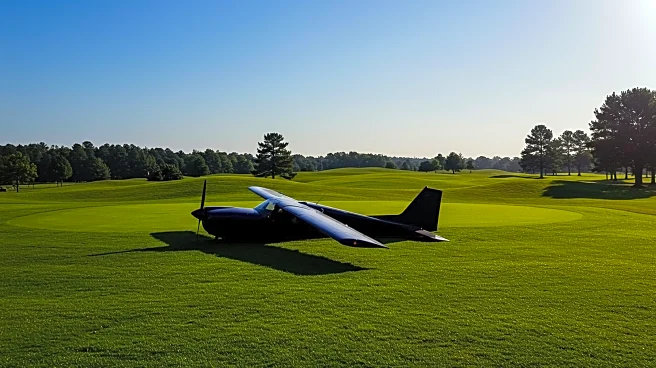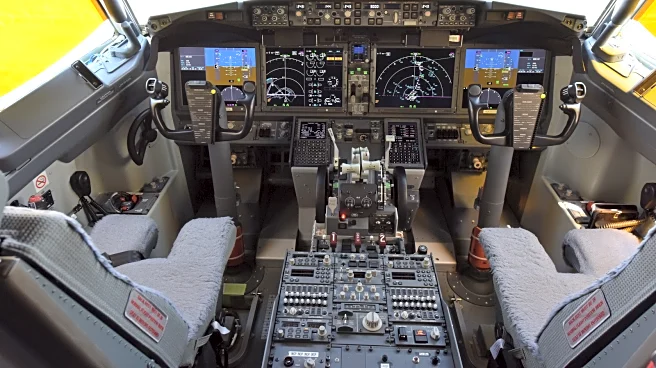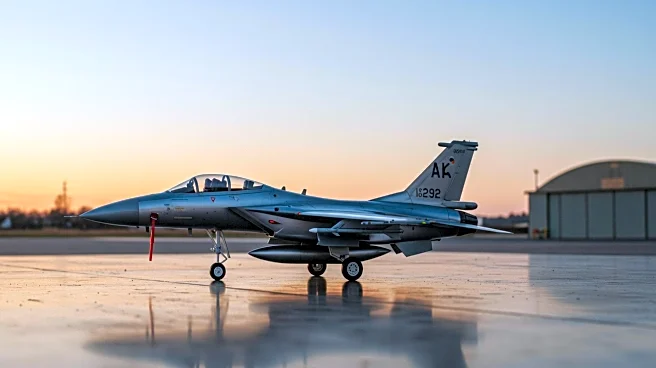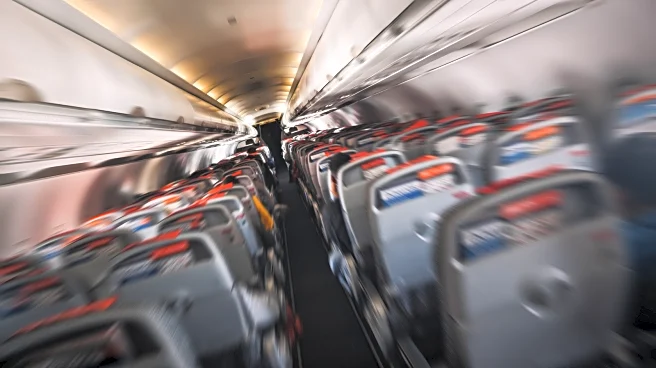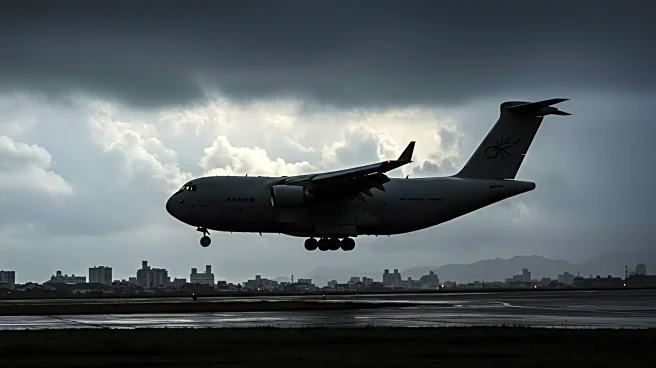What's Happening?
A Piper Archer aircraft crashed into an aerodrome building at Fowlmere airfield, near Duxford, Cambridgeshire, on April 24, due to a throttle error. According to the Air Accidents Investigation Branch (AAIB), the throttle was excessively open before the engine started, causing the aircraft to run at high power and crash into the building. The 72-year-old pilot suffered minor injuries, including a forehead and elbow injury. The crash resulted in significant damage to both the aircraft and the building. The AAIB report suggests the accident might have been caused by the pilot setting the throttle to one-quarter open instead of one-quarter inch open, as required by the pre-start checklist.
Why It's Important?
This incident underscores the importance of adhering to safety protocols and checklists in aviation. The error highlights potential risks associated with human factors in aircraft operation, emphasizing the need for rigorous training and adherence to procedures. The crash could lead to increased scrutiny of pilot training programs and safety measures at aerodromes. It serves as a reminder of the critical role of precision in aviation operations, impacting regulatory practices and safety standards. The event may prompt discussions on improving pilot education and the implementation of more advanced safety technologies.
What's Next?
Following the crash, there may be investigations into the training and operational procedures at Fowlmere airfield. The AAIB's findings could lead to recommendations for changes in pilot training and aerodrome safety protocols. Stakeholders, including aviation authorities and training institutions, may review and update their practices to prevent similar incidents. The pilot's experience and the circumstances of the crash will likely be analyzed to enhance safety measures and reduce human error in aviation.
Beyond the Headlines
The crash raises broader questions about the role of human error in aviation safety and the potential for technological solutions to mitigate such risks. It may lead to discussions on the integration of automated systems to assist pilots in maintaining safety standards. The incident could influence cultural attitudes towards aviation safety, emphasizing the need for continuous improvement and vigilance. Long-term, it may drive advancements in training methodologies and the development of technologies aimed at reducing human error in aviation.


